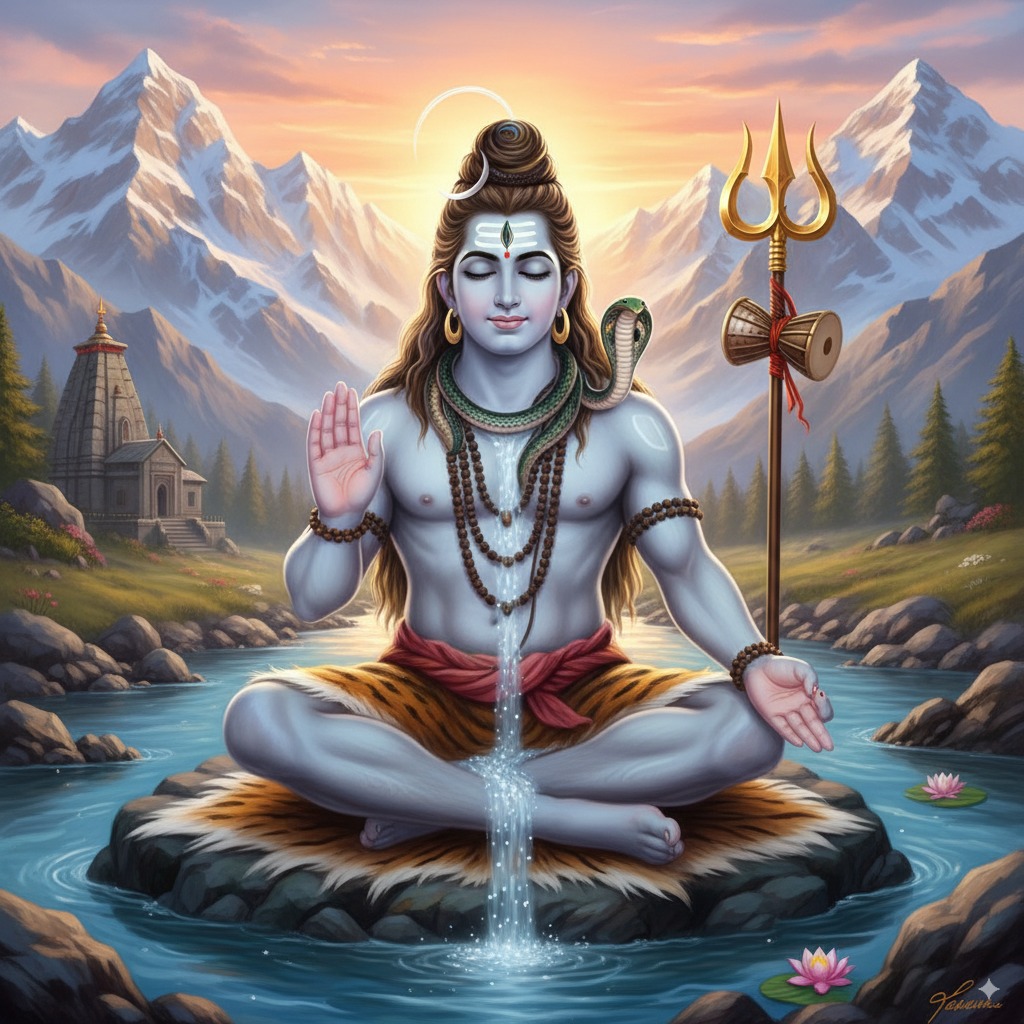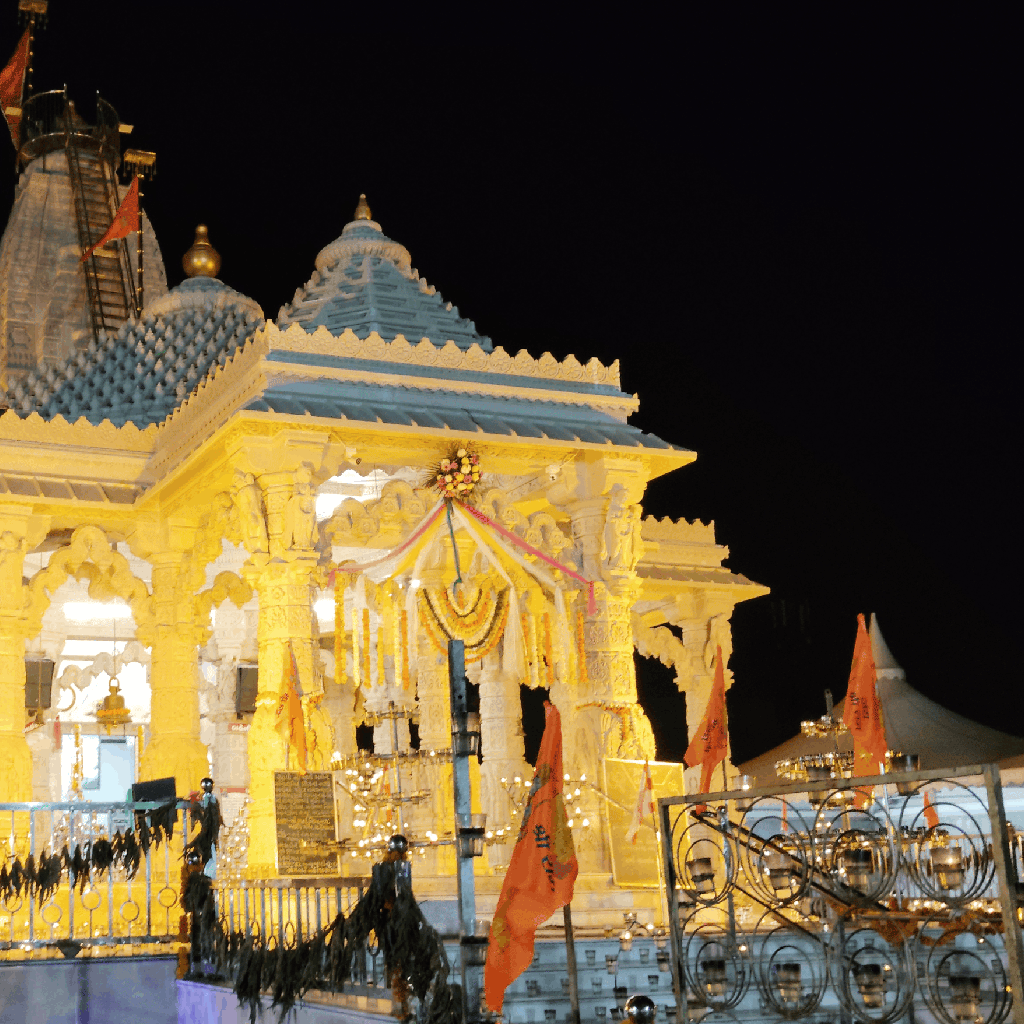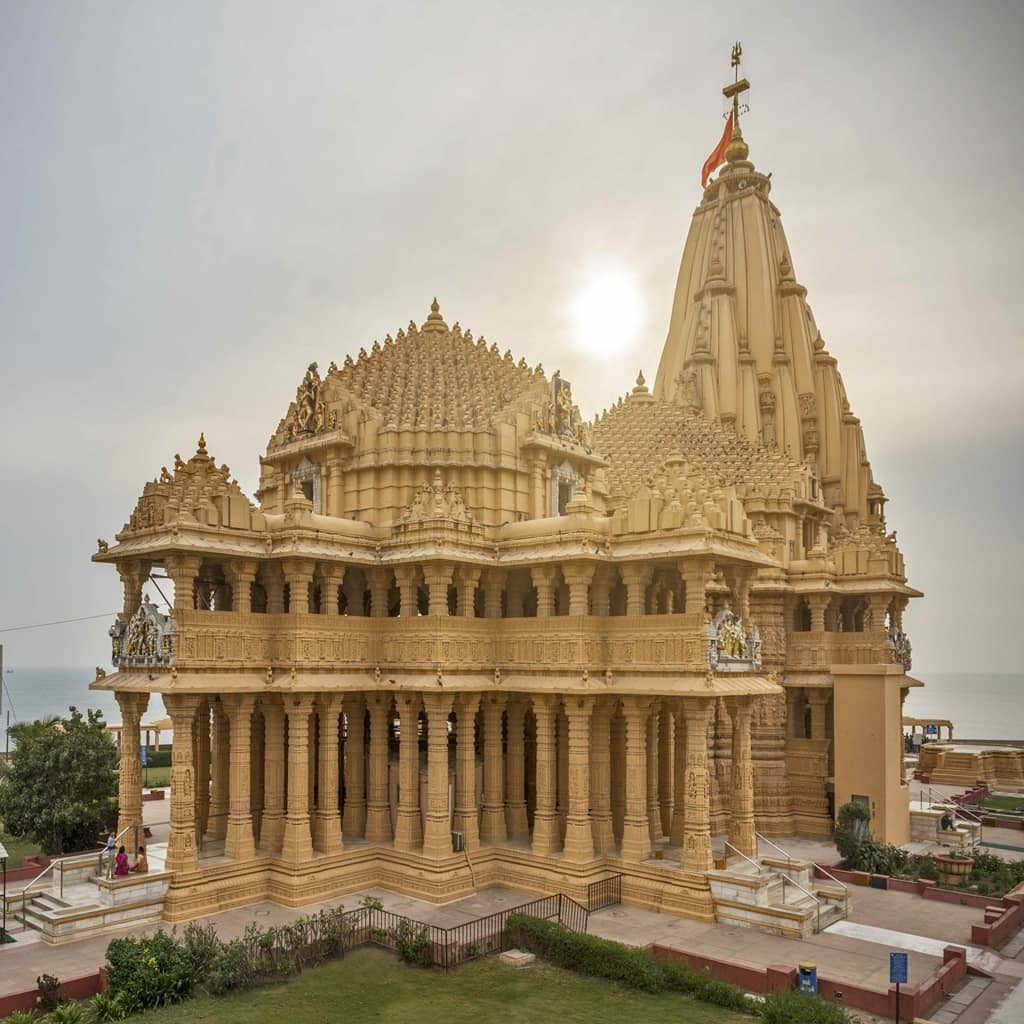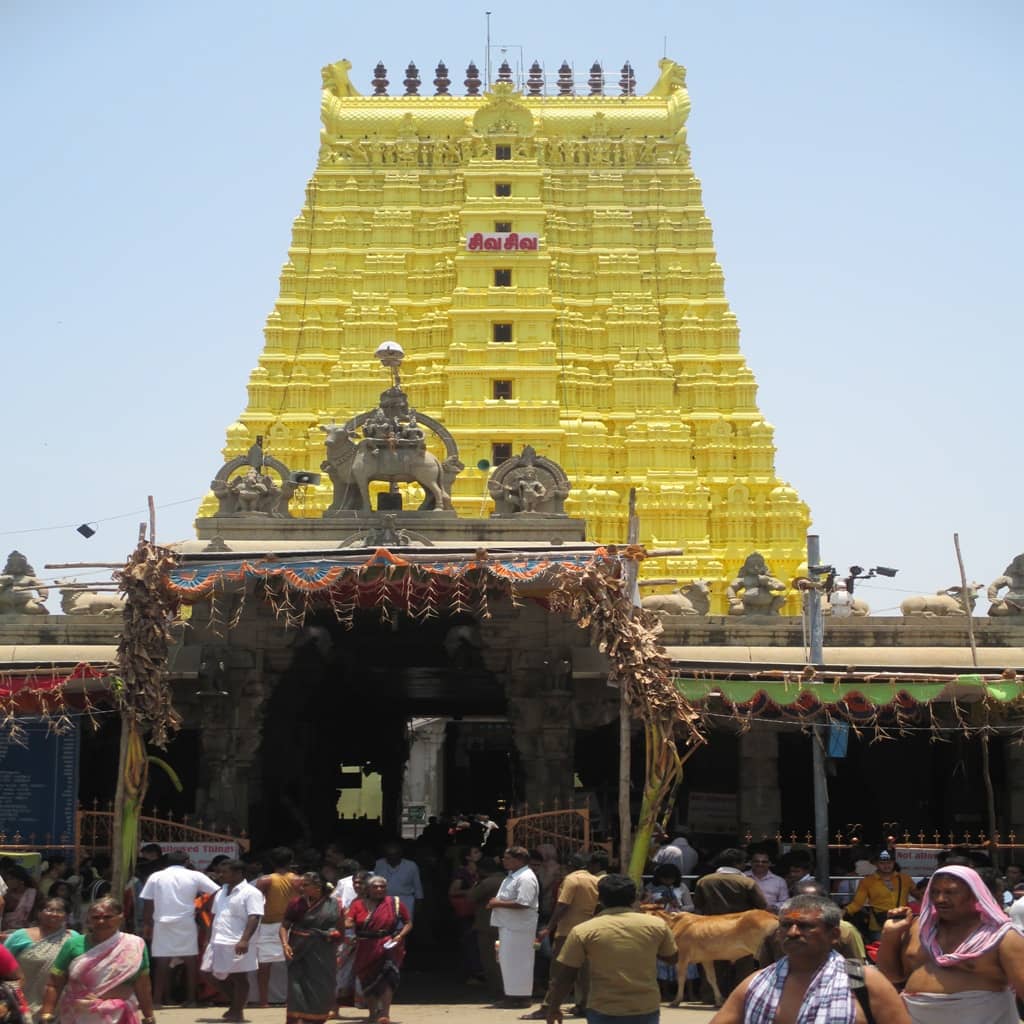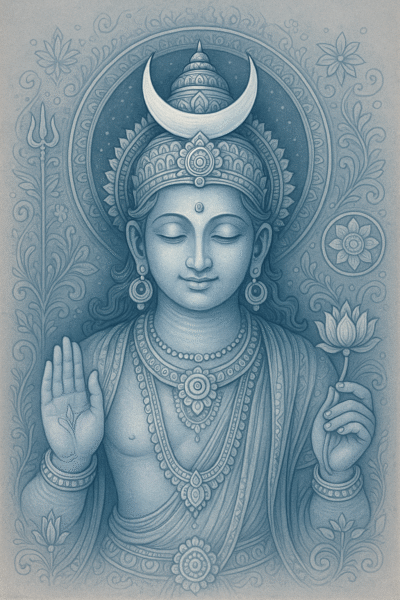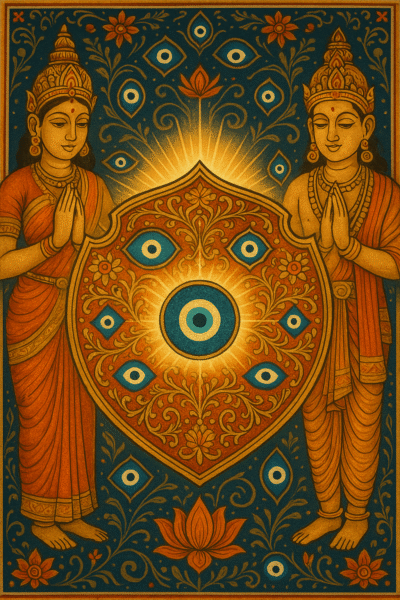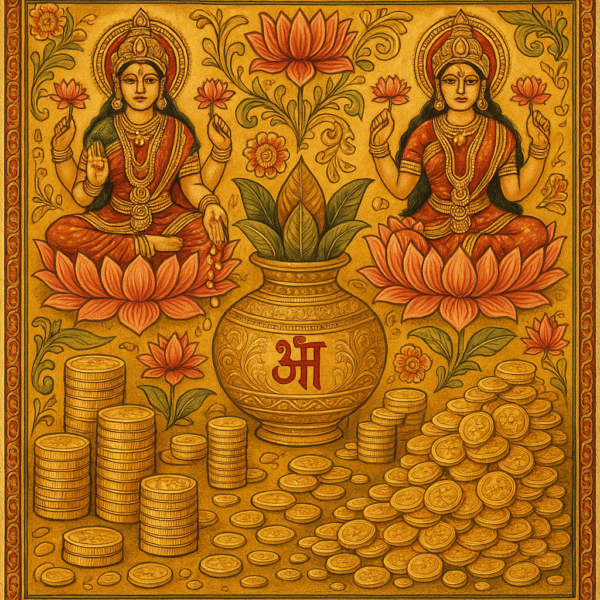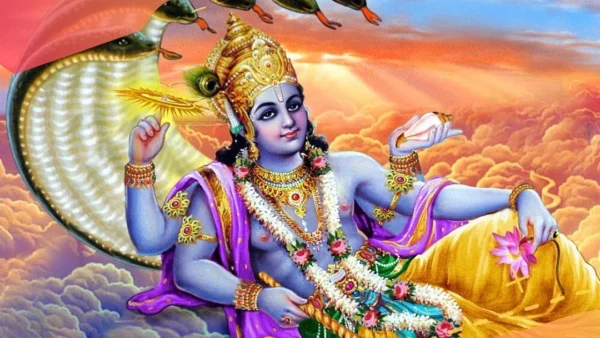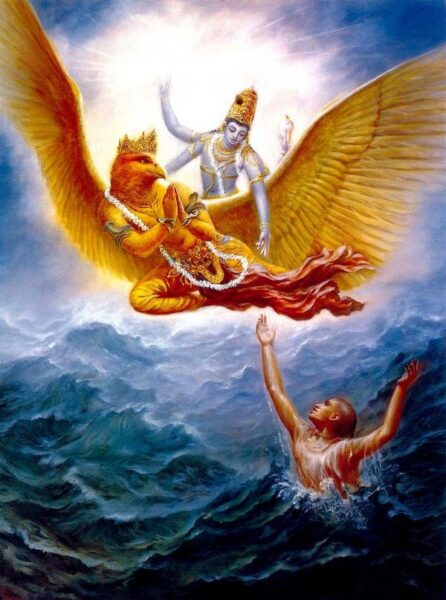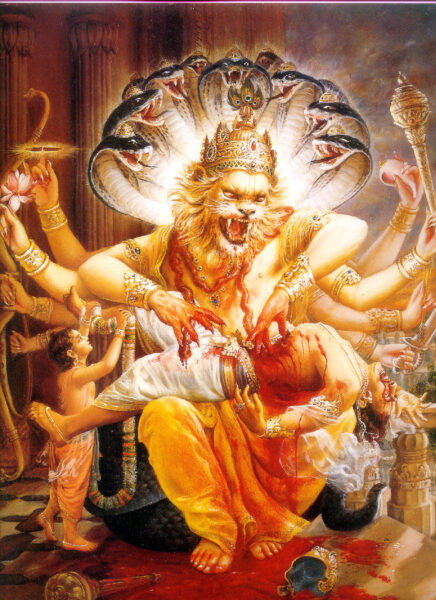Lord Shiva - The Supreme Destroyer and Transformer
Lord Shiva, revered as Mahadeva (The Great God), stands as one of the most powerful and enigmatic deities in the Hindu pantheon. This article covers Shiva's iconography, major legends, worship practices, festivals, mantras, sacred places, and modern relevance.
Introduction
As the third member of the Hindu Trinity (Trimurti) alongside Brahma and Vishnu, Shiva embodies the cosmic principle of destruction and transformation. His destruction is the prelude to regeneration. Known by 1008 names and countless forms, Shiva represents many dualities — ascetic and householder, fierce and benevolent — and draws devotees seeking spiritual liberation, protection, and transformation.
Physical Attributes & Iconography
Each element in Shiva's form is symbolic. Key features:
- The Third Eye (Trinetra): Spiritual sight and the power of focused consciousness.
- Matted Hair (Jata): Asceticism and flow of cosmic energy.
- Crescent Moon (Chandra): Cycles of time and the mind's phases.
- River Ganga: Purification and the flow of knowledge.
- Blue Throat (Neelkantha): Sacrifice — drank poison to save the universe.
- Serpents (Nagas): Mastery over death, time, and kundalini energy.
- Tiger Skin: Victory over ego and animal nature.
- Trident (Trishul): Creation, preservation, and destruction.
- Damaru (Small Drum): Cosmic sound (AUM) and universal rhythm.
- Sacred Ash (Vibhuti): Impermanence of material existence.
Sacred Names & Titles
Some important names that highlight Shiva's aspects:
- Mahadeva — The Great God
- Nataraja — Lord of Dance
- Neelkantha — The Blue-Throated One
- Bholenath — The Simple Lord
- Shankar — The Benevolent One
- Rudra — The Fierce One
- Mahakaal — The Great Time/Death
- Adinath — The First Lord
- Gangadhar — Bearer of the Ganga
- Chandrashekar — One Who Wears the Moon
- Umapati — Consort of Uma (Parvati)
- Kedarnath, Vishwanath, Nilalohit, Mahayogi, etc.
Major Legends & Mythology
The Cosmic Dance (Nataraja)
Shiva as Nataraja performs the Tandava — the cosmic dance symbolizing creation, preservation, and destruction within a ring of fire.
The Marriage with Parvati
The union of Shiva (consciousness) and Parvati (energy/Shakti) symbolizes balance and creative harmony. Their children Ganesha and Kartikeya represent wisdom and valor.
The Destruction of Kamadeva
When Kamadeva disturbed Shiva's meditation, Shiva opened his third eye and reduced Kamadeva to ash — representing the triumph of spiritual discipline over desire.
The Churning of the Ocean (Samudra Manthan)
Shiva drank the deadly poison (halahala) that appeared during the churning of the ocean to save the universe; Parvati prevented it from harming him, turning his throat blue.
The Descent of Ganga
Shiva captured the powerful descent of the river Ganga in his locks to soften its fall to earth, enabling purification without destruction.
The Twelve Jyotirlingas
Shiva manifested as columns of light in twelve sacred places across India. These Jyotirlingas are major pilgrimage sites, each with its own legend.
Spiritual Significance & Philosophy
- Destruction as Transformation: Destruction is necessary for renewal — both cosmically and personally.
- The State of Meditation: Shiva's deep meditation represents samadhi — merging individual and universal consciousness.
- Balance of Opposites: Shiva reconciles opposites: ascetic & householder, stillness & motion.
- The Inner Fire (Tapas): Spiritual discipline that burns ignorance and impurities.
Major Festivals & Observances
- Maha Shivratri: The Great Night of Shiva (14th day of the dark fortnight, Phalguna). Fasting, vigil, chanting, and worship.
- Shravan Month: (July–August) Sacred month with Kanwar Yatra and Mondays dedicated to Shiva.
- Pradosh Vrat: Observed on the 13th day of each lunar fortnight for marital harmony and spiritual progress.
- Monthly Shivaratri: Smaller monthly observance on the 14th day of the dark fortnight.
Sacred Mantras & Prayers
Powerful chants and verses associated with Shiva:
Maha Mantra
Om Namah Shivaya
(The five-syllable mantra considered the heart of Shiva worship.)
Rudra Gayatri
Om Tatpurushaya Vidmahe Mahadevaya Dhimahi Tanno Rudrah Prachodayat
Maha Mrityunjaya Mantra
Om Tryambakam Yajamahe Sugandhim Pushtivardhanam Urvarukamiva Bandhanan Mrityor Mukshiya Maamritat
Other Texts
- Shiva Tandava Stotram — hymn describing Shiva's cosmic dance (composed by Ravana).
- Lingashtakam — eight verses praising the Shiva Linga.
Sacred Places & Temples
The Twelve Jyotirlingas
- Somnath (Gujarat)
- Mallikarjuna (Shrisailam, Andhra Pradesh)
- Mahakaleshwar (Ujjain, Madhya Pradesh)
- Omkareshwar (Madhya Pradesh)
- Kedarnath (Uttarakhand)
- Bhimashankar (Maharashtra)
- Kashi Vishwanath (Varanasi, Uttar Pradesh)
- Trimbakeshwar (Maharashtra)
- Vaidyanath (Jharkhand)
- Nageshwar (Gujarat)
- Rameshwar (Tamil Nadu)
- Grishneshwar (Maharashtra)
Other Important Sites
- Mount Kailash — Shiva's celestial abode
- Amarnath Cave — where Shiva revealed the secret of immortality
- Chidambaram — Temple of Nataraja
- Ekambareswarar — Pancha Bhoota temple (earth)
- Thiruvannamalai — Represents Shiva as fire
Worship Practices & Rituals
Daily Worship (Nitya Puja)
- Morning ablutions and meditation
- Abhishek (offering water) to the Shiva Linga
- Chanting mantras and stotras
- Offering bilva leaves, flowers, incense, lamps, and food (naivedya)
Special Observances
- Monday fasting (Somwar Vrat)
- Pradosh Vrat and Rudra Abhishek
- Recitation of 108 names (Ashtottara Shatanamavali)
- Panchamukhi meditation focusing on Shiva's five faces
Sacred Items for Worship
- Bilva leaves
- White flowers (jasmine, lotus, datura)
- Milk, honey, ghee for abhishek
- Rudraksha beads
- Vibhuti (sacred ash)
- Gangajal (holy water)
Benefits of Shiva Devotion
Spiritual Benefits
- Liberation (Moksha)
- Inner peace and spiritual awakening
- Destruction of ego and development of compassion
- Fearlessness and divine wisdom
Material Benefits
- Protection from negative influences
- Health and longevity
- Prosperity and success
- Harmonious relationships and obstacle removal
Psychological Benefits
- Stress relief and emotional balance
- Confidence, patience, and discipline
- Detachment and courage
Modern Relevance & Contemporary Worship
Shiva's teachings remain relevant in a fast-paced world. Practices inspired by Shiva that are popular today include:
- Yoga and meditation for stress management and spiritual growth
- Environmental awareness and honoring nature
- Digital devotion — online satsangs and virtual temple visits
- Social service as an expression of devotion
- Artistic expression (music, dance, visual arts)
Conclusion
Lord Shiva offers a complete path for both worldly life and spiritual realization. His essence is accessible to all sincere seekers. Cultivating qualities Shiva represents — fearlessness, compassion, detachment, and focus — helps devotees experience transformation and grace.
Om Namah Shivaya — I bow to the auspicious one, the transformer of all beings, the source of eternal bliss and infinite love.

